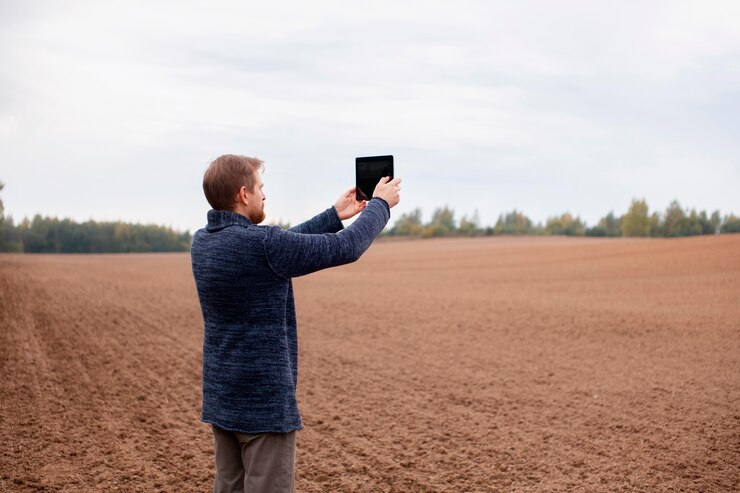In the ever-evolving landscape of agriculture, Global Positioning System (GPS) technology has emerged as a transformative force, revolutionizing the way farmers manage their fields and optimize crop yields.
Unlocking Precision Farming
One of the key breakthroughs brought about by GPS is precision farming. By integrating satellite-based navigation systems, farmers can precisely monitor and control various aspects of their operations. This includes accurate mapping of fields, enabling targeted application of resources like fertilizers and pesticides.
Maximizing Efficiency through Data
GPS not only provides real-time location data but also facilitates the collection of valuable information for analysis. Farmers can leverage data analytics to make informed decisions about crop health, irrigation needs, and overall farm management. This data-driven approach enhances efficiency and resource utilization.
Navigating the Fields: Auto-steering and Guidance Systems
Auto-steering systems powered by GPS have automated the process of driving tractors and other machinery. This not only reduces the physical burden on farmers but also ensures straight and precise rows, minimizing overlap and resource wastage. Guidance systems further assist in maintaining optimal spacing during planting and harvesting.
Vertical Farming Takes Root
GPS technology plays a pivotal role in vertical farming, where crops are cultivated in vertically stacked layers or inclined surfaces. The precise control offered by GPS ensures that each level receives the right amount of light, water, and nutrients, optimizing space and increasing yield in urban farming environments.
Sustainability and Conservation
In the realm of sustainable agriculture, GPS aids in adopting practices like agroecology and regenerative farming. Farmers can monitor soil health, assess biodiversity, and implement conservation measures more effectively, promoting environmentally friendly and sustainable practices.
The Future: Beyond Boundaries with GPS
As GPS technology continues to evolve, its applications in agriculture are likely to expand. From drone technology for aerial monitoring to advanced breeding techniques like CRISPR, the future holds promise for even more innovative solutions aimed at enhancing crop resilience and productivity.
In conclusion, the integration of GPS technology in agriculture has ushered in a new era of precision and efficiency. Farmers worldwide are navigating their fields with greater accuracy, making informed decisions, and contributing to a more sustainable and productive agricultural landscape. The journey continues as GPS technology paves the way for the future of farming.




